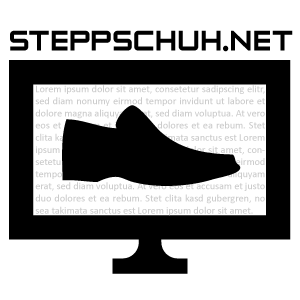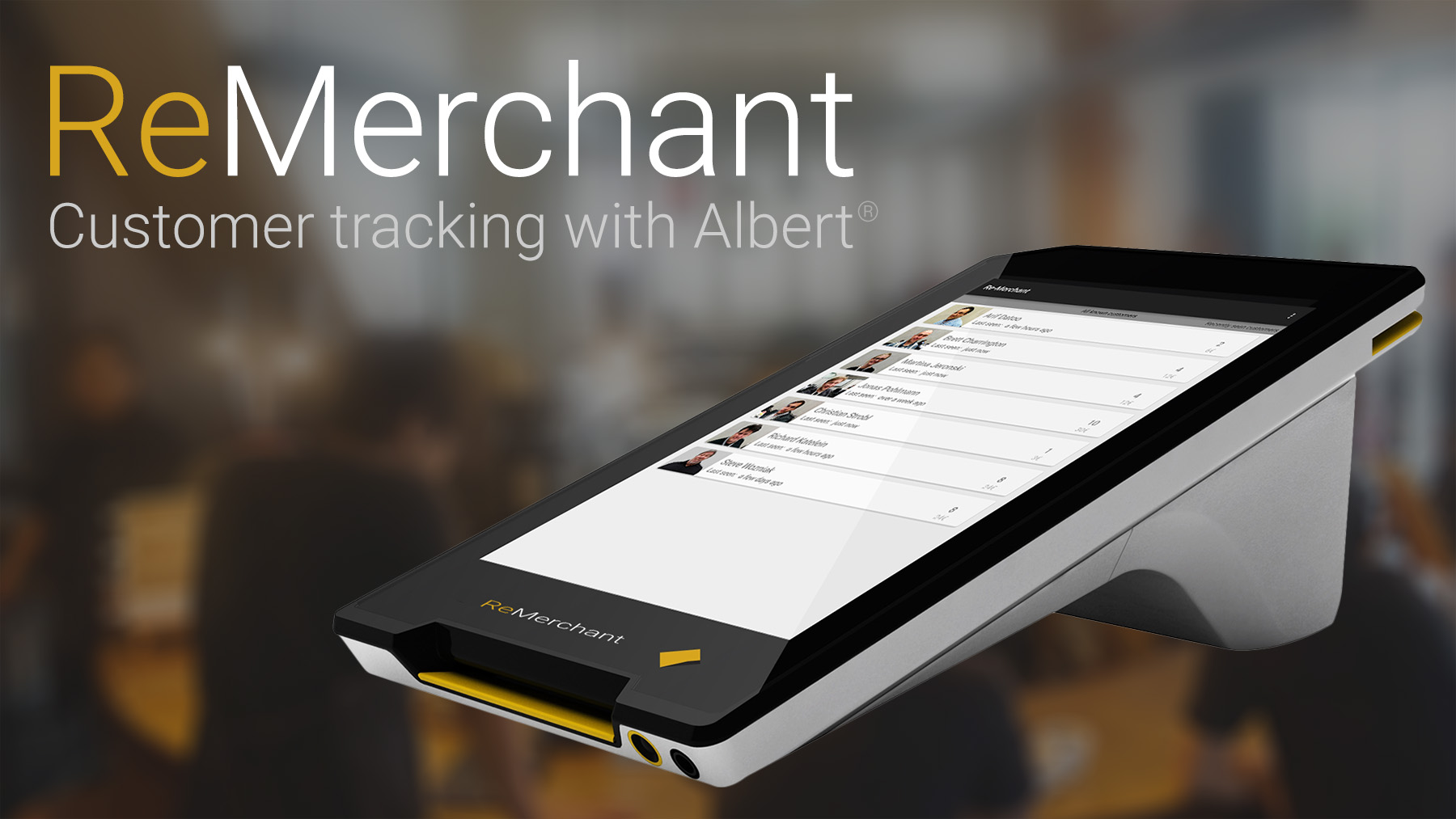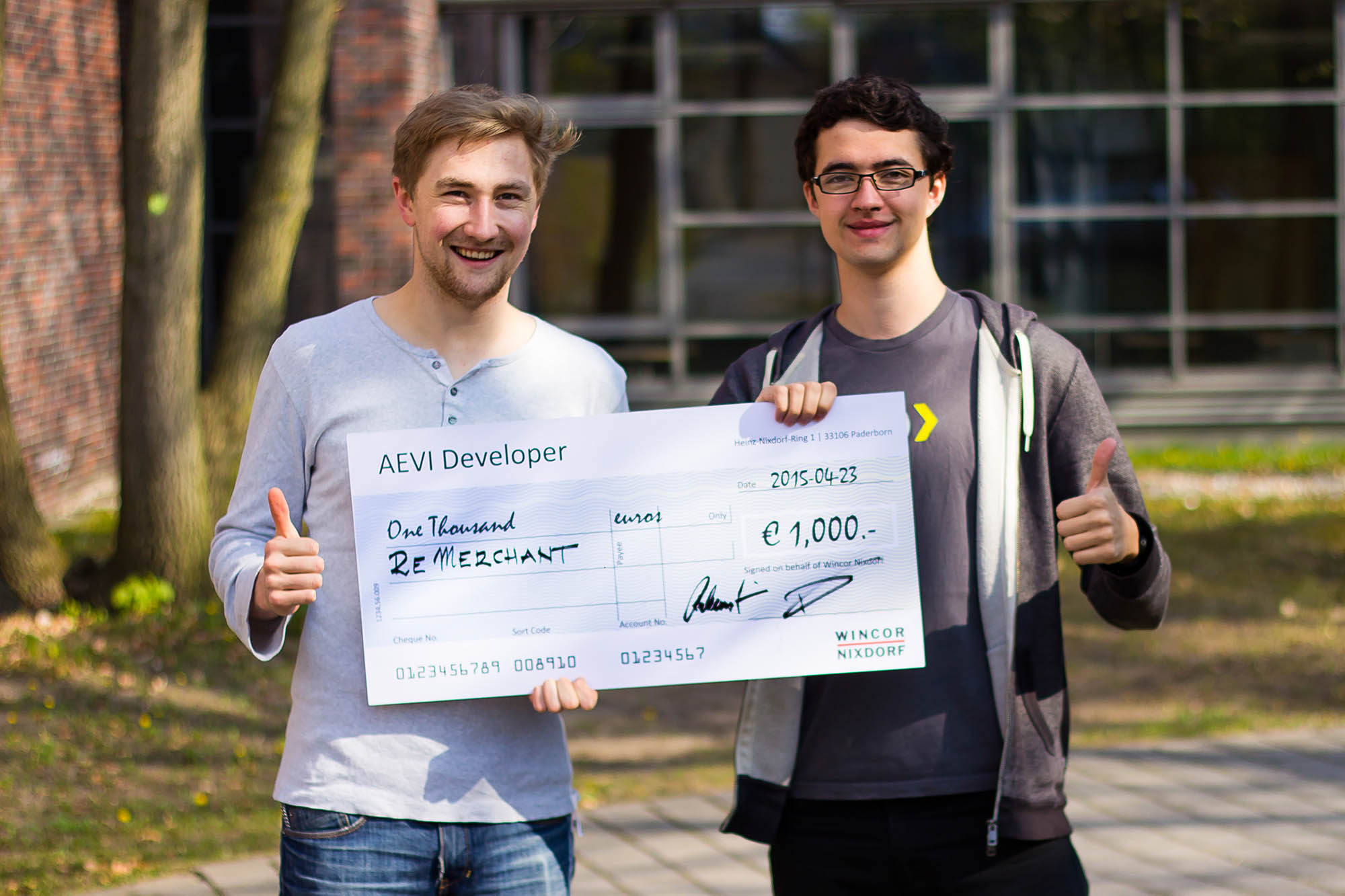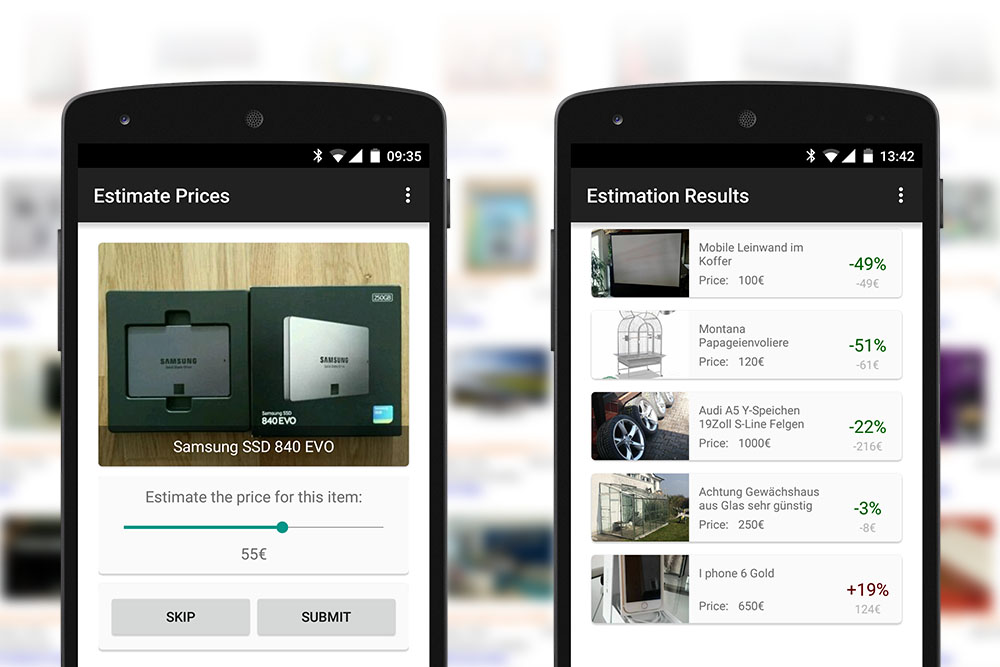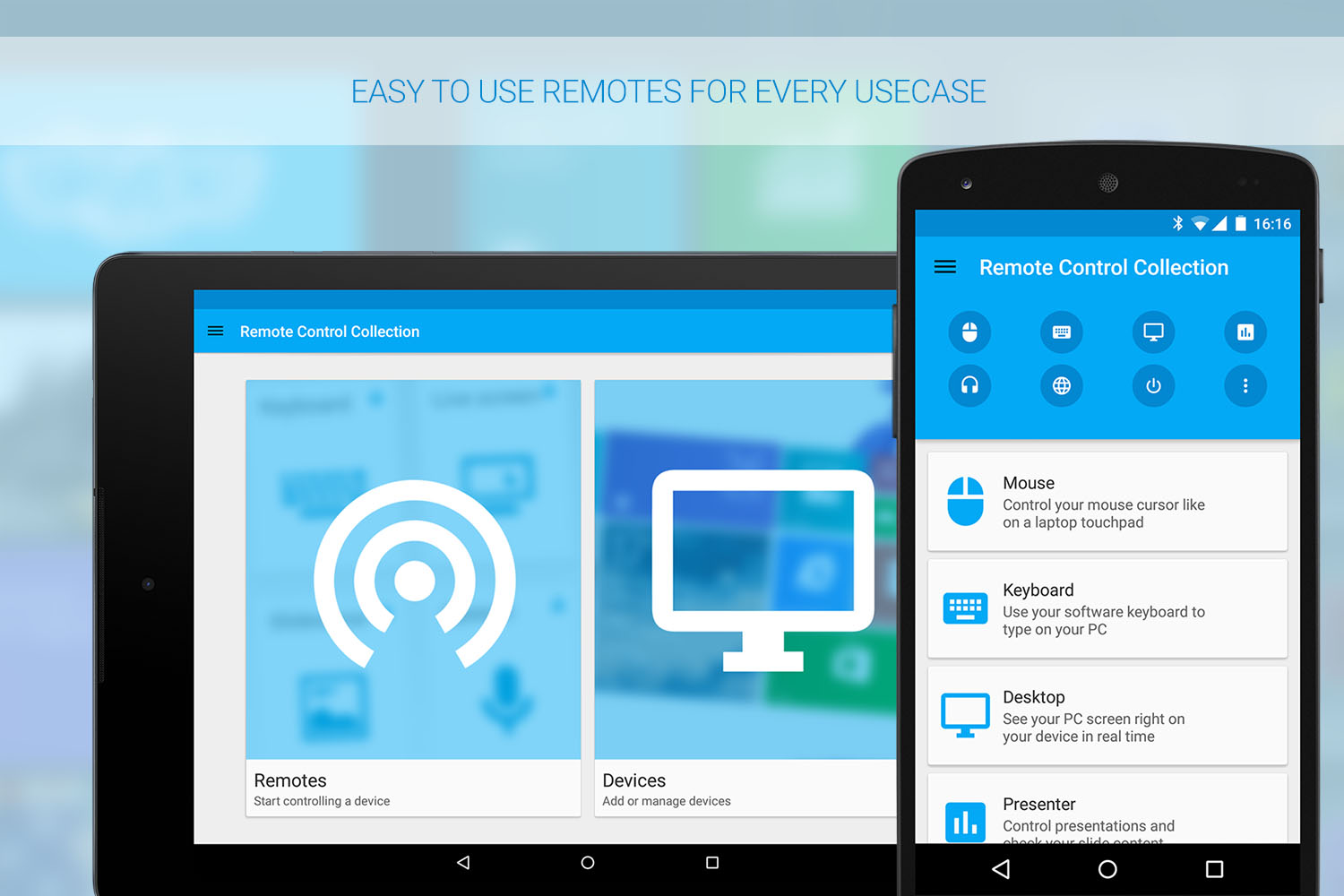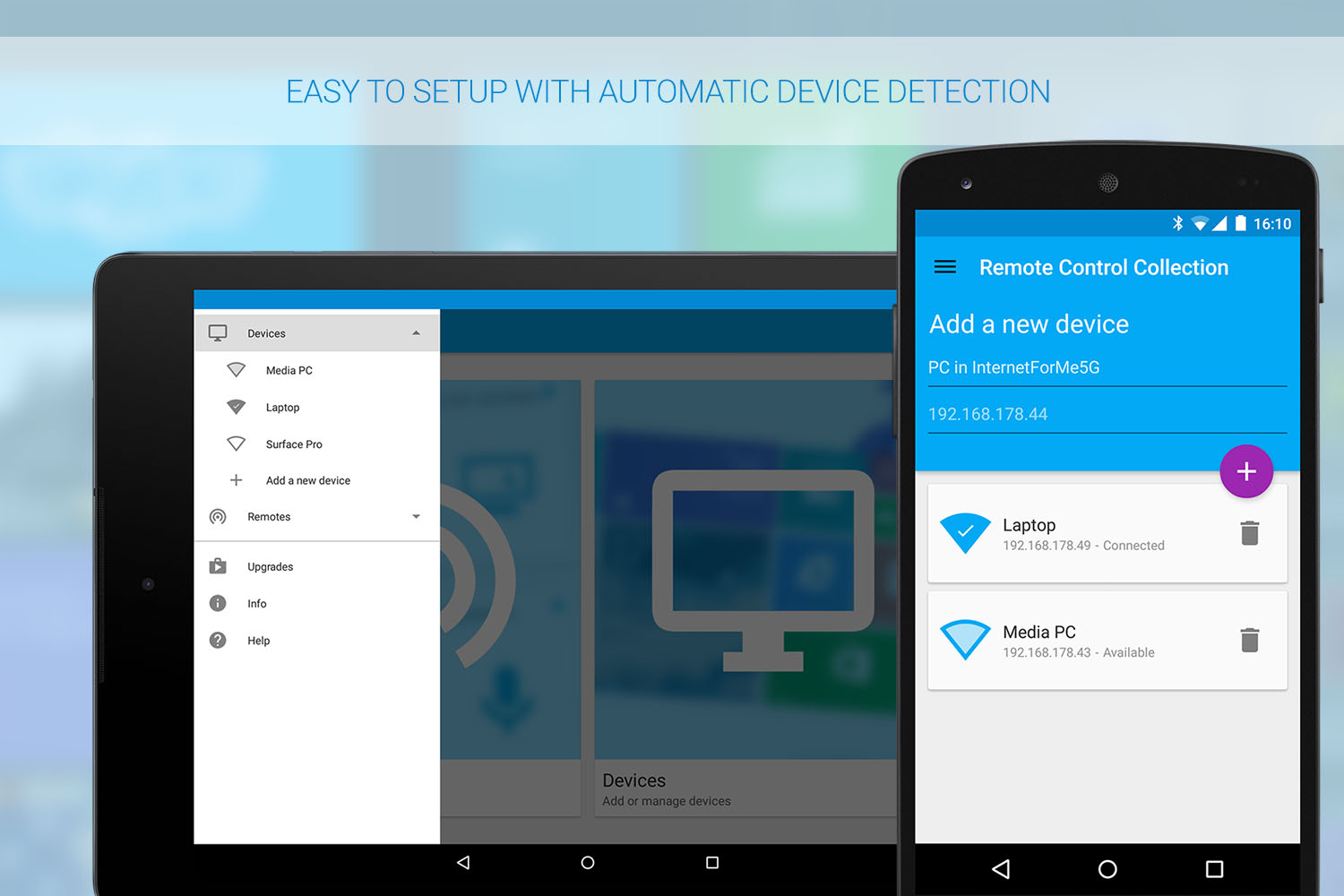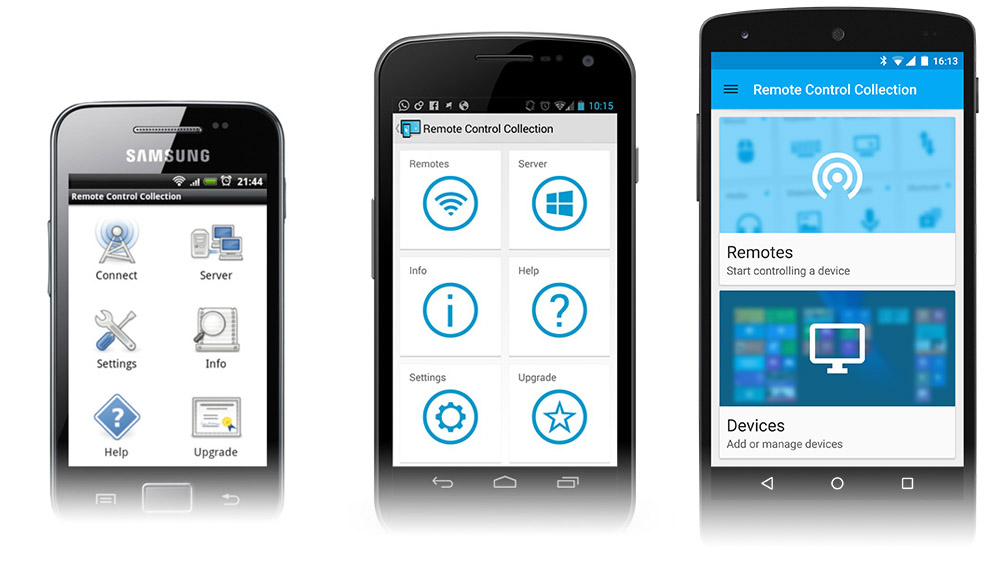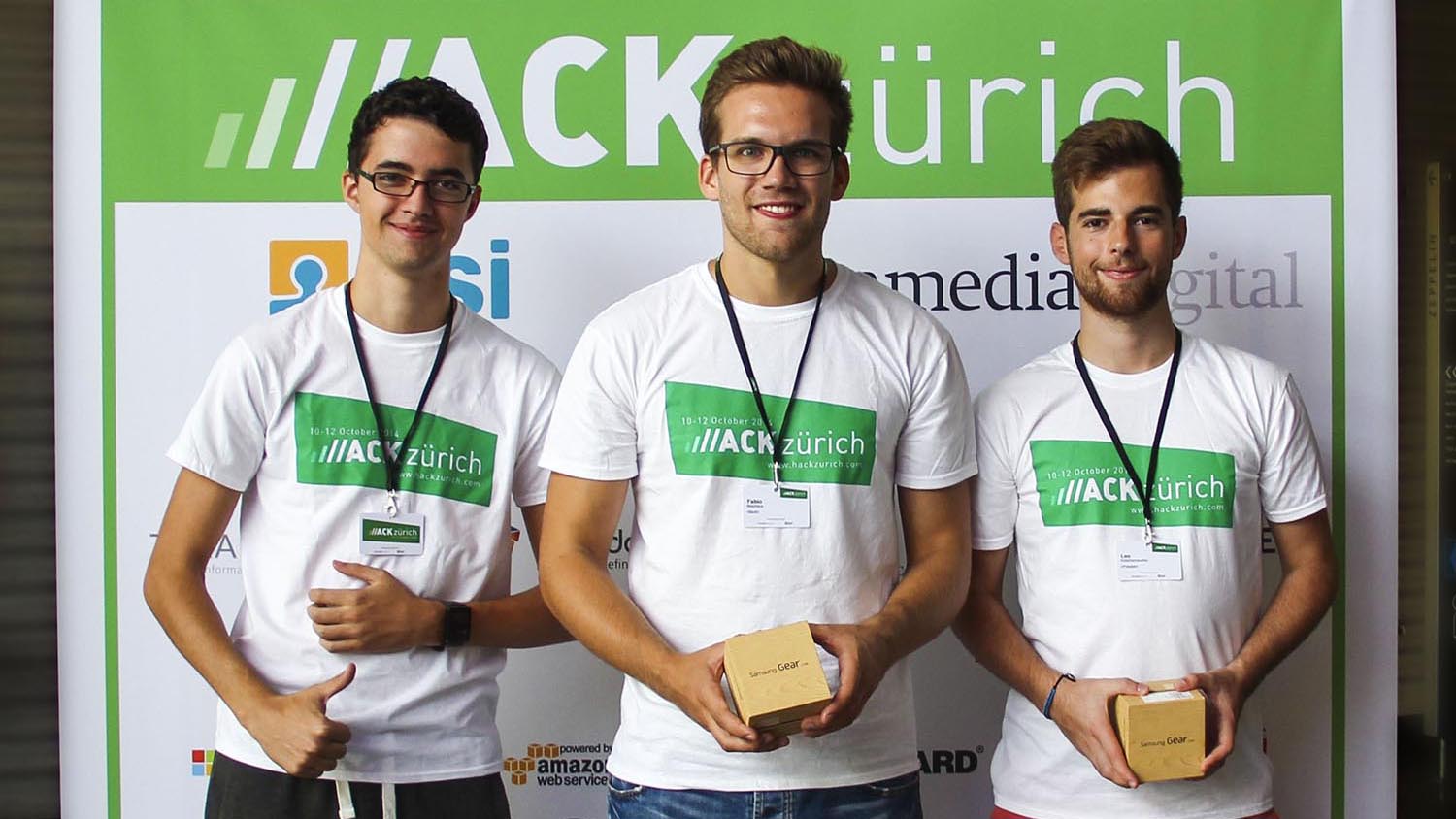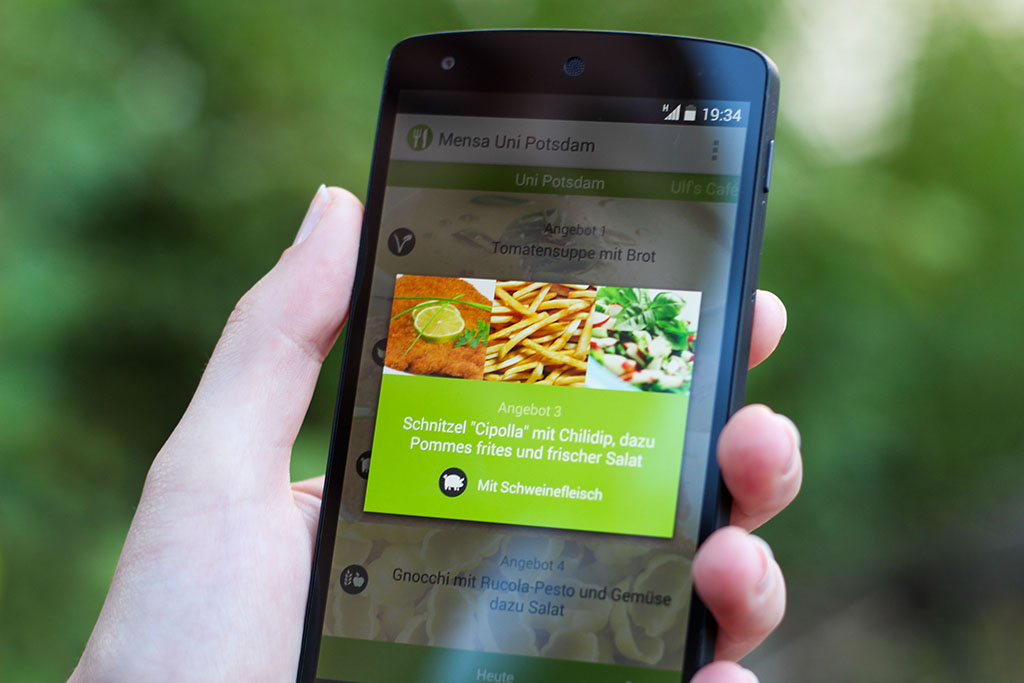The Apps World came all the way to Berlin this week, so I decided to check it out and was happily surprised that there was a hackathon ongoing when I arrived! Of course I joined, together with my fellow student Jonas Pohlamnn. Spoiler: great success!
The Albert device
One of the sponsors was Wincor Nixdorf – the company behind the Albert, an Interactive Multifunctional Payment Device that runs Android (see above image). You can imagine a lot of retail stores having these devices in the future – we created an app for the albert that customers and sellers will benefit from.
The ReMerchant app
ReMerchant allows you to track and identify customers in stores using nothing but the Albert device. It uses Bluetooth and assigns the unique addresses to customers. When a device comes in range of the Albert, it can detect the associated customer.
Knowing which customers are near by is a huge thing for stores. Store owners can prepare items based on the last purchases of that user, they can track in which other stores the customer has spent money and on which items, they can provide an overall more personal customer treatment. If you can’t imagine all the possible advantages of this, take a look at our presentation slides.
The jury did see the potential of our prototype and rewarded us generously. As usual, the app is open-source and available on GitHub, feel free to check it out:
